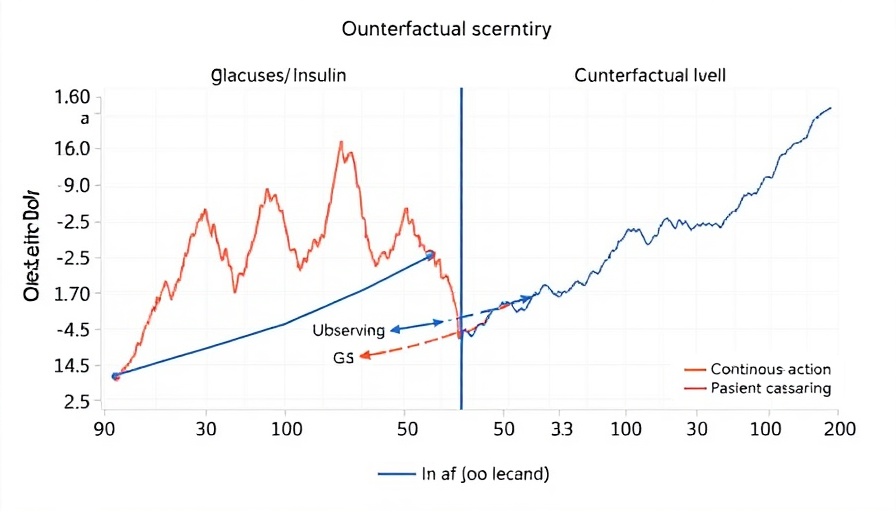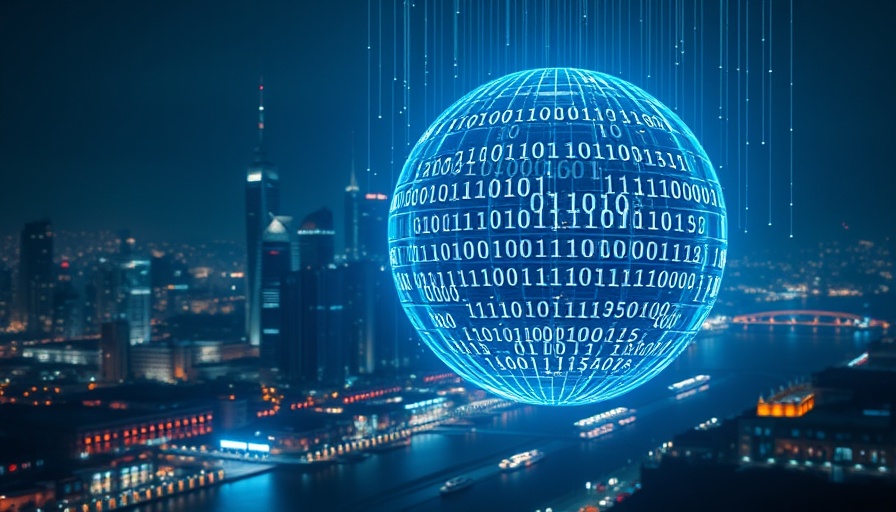
Understanding the Legal Conundrum of AI-Generated Imagery
As generative AI technology rapidly evolves, the legal implications surrounding its use become increasingly complex. The recent court rulings involving prominent AI imaging tools like Stability AI and MidJourney underscore the ongoing struggle to balance creativity and copyright infringement claims. In a pivotal case that gives new meaning to the intersection of technology and intellectual property, a group of artists challenged these AI platforms, accusing them of copyright violations. A judge has recently allowed their claims to proceed, signaling a potential shift in how AI-generated content is viewed within the frameworks of existing law.
The Role of Creativity in AI
Despite the legal battles, the core aspect of generative AI remains its potential to enhance creativity. This technology democratizes artistry by empowering individuals with limited technical skills to produce high-quality creative outputs. As noted by Minos Bantourakis and Francesco Venturini in a World Economic Forum report, AI has the potential to expand the 'canvas of possibility.' It allows for innovative expression while simultaneously raising ethical concerns about its influence on original artistic works.
Implications for Businesses: Adapting to AI Integration
For executives and decision-makers, understanding how generative AI reshapes corporate creative processes is essential. Organizations need to adapt to an environment where marketing materials, branding assets, and content can be generated almost instantaneously. The key lies in ensuring that the adoption of such technologies is done ethically and responsibly, which is paramount to maintain consumer trust while leveraging AI's capabilities.
What Can Be Done: Charting a Safe Path Forward
The current legal landscape surrounding AI imagery presents both challenges and opportunities. It is essential for businesses to develop strategies that align with ethical guidelines while exploring the potential of AI. This can be achieved through clear policies that protect original content and address copyright concerns. Proactive measures, such as consulting legal experts and engaging with policymakers, will help organizations navigate this evolving terrain.
Why Awareness Matters: The Human Element in AI
Lastly, as companies consider integrating generative AI technologies, it is crucial to remember the human element involved in creation. While AI can enhance artistic processes, it is ultimately human ingenuity that drives true innovation. The ongoing discussions surrounding AI's impact on art and creativity will only grow more significant as technology continues to advance. Engaging with these conversations not only benefits businesses but also ensures that creativity remains at the forefront of innovation.
 Add Row
Add Row  Add
Add 




Write A Comment